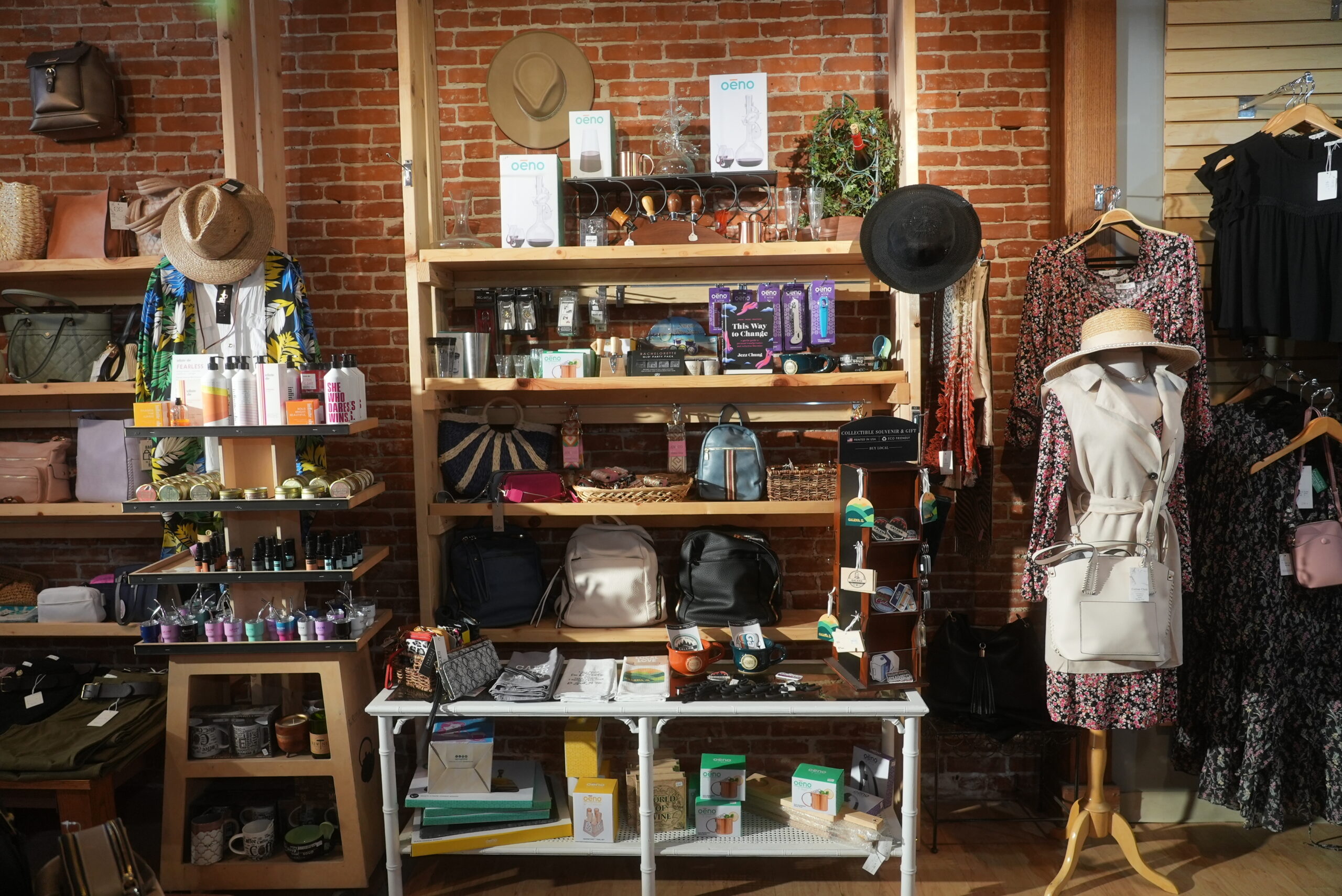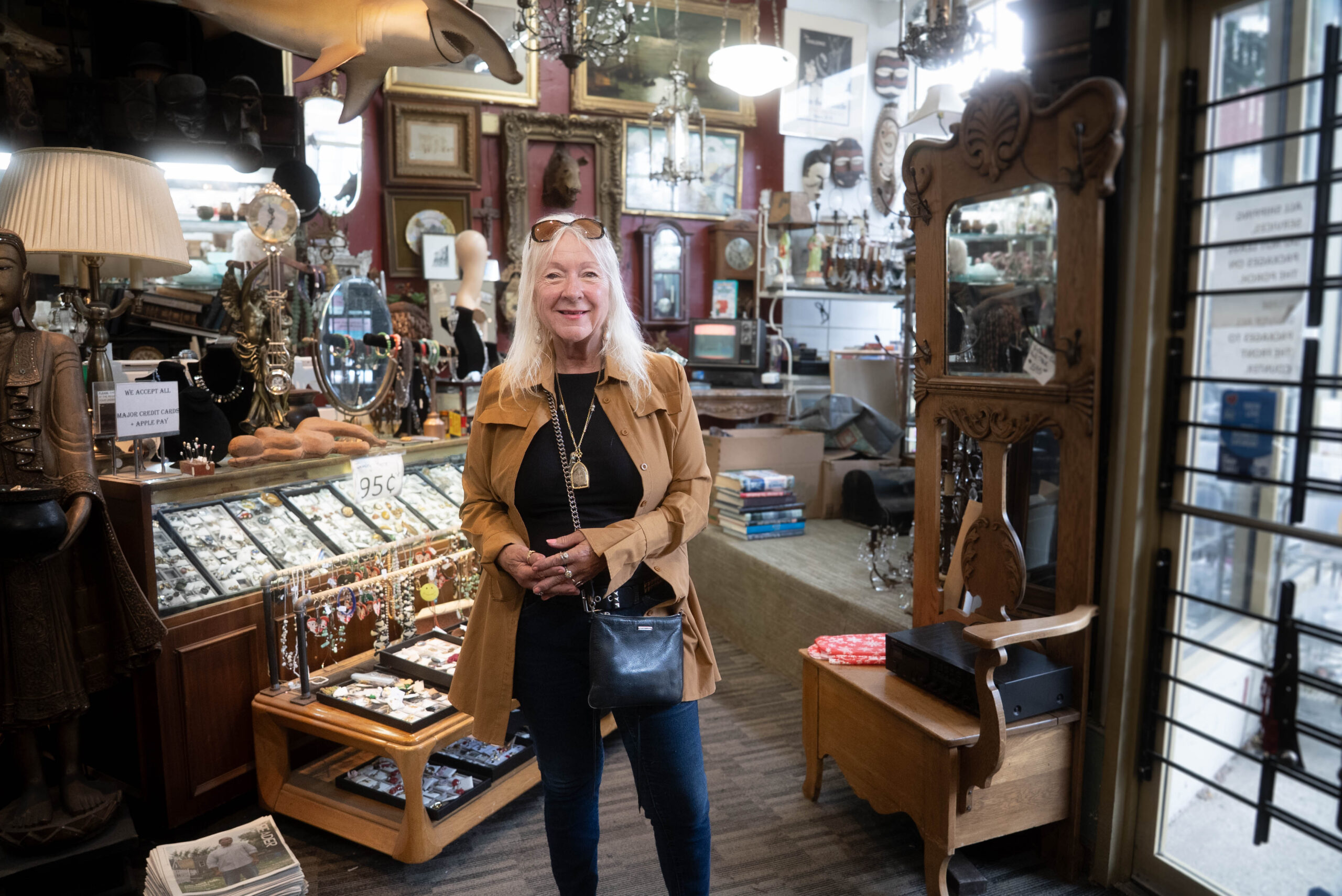A successful retail store doesn’t happen by chance. It’s the result of consistent leadership, community-building, and sharp decision-making.
Jennifer Pickett, owner of Gabby’s Gifts and Cotton Club in Galena, Illinois, has recently merged a pair of charming sister shops that offer everything from locally made gifts to cozy apparel and home goods. Thoughtfully curated and deeply personal, her store has become a vital part of the community, renowned for its distinctive products and welcoming atmosphere.
Her shop stands as a blueprint for how passion and professionalism blend to create a retail experience people remember.
Read on to learn eight good retail manager skills and find out what it takes to lead like a pro in today’s retail world.
1. Communication Is Everything
At Gabby’s Gifts and Cotton Club, every conversation is led with warmth, clarity, and intention. Her strong communication skills allow her to manage her employees effectively, stay on top of her daily tasks, and maintain a positive work environment.
To develop this critical component of retail management skills, here’s what you can do:
- Open and close the day with employee check-ins.
- Utilize shared communication tools to maintain real-time updates.
- Practice active listening with staff and customers.
Having positive energy and ongoing communication is contagious and will set the standard for your entire team.
2. Managing Brand Identity
Gabby’s Gifts and Cotton Club was once two separate locations, but now operates as a single unified store. Managing that change wasn’t easy. Jennifer had to find a way to balance both personalities seamlessly. While Gabby’s Gifts brought a sense of whimsy and thoughtful gifting, Cotton Club offered wardrobe staples and quality textiles.
She has successfully maintained a new and cohesive brand while honoring both original identities and demonstrating advanced retail management skills.
If you’re merging multiple brands or concepts into a single space, creating the right identity is crucial. Start by clarifying the core values that tie everything together, then highlight the characteristics that make each section different. Shared packaging or signage can make the space feel cohesive, while tailored inventory and merchandising zones give each section its own personality.
Remember: Knowing how to navigate your brand identity helps you serve diverse customer needs without sacrificing your message.

3. Curated Buying & Product Selection
As the sole buyer of Gabby’s Gifts and Cotton Club, a major part of Jennifer’s success has come from what she chooses to sell. Her shelves are a mix of handmade goods, seasonal finds, and products with a purpose. This thoughtful curation is a hidden pillar of having quality retail store manager skills. Jennifer knows her community well and buys with them in mind.
To sharpen this skill in your own store, start by:
- Tracking what sells and understanding the reasons behind it.
- Prioritizing vendor relationships and attending small maker markets.
- Talking to your customers directly about what they’d love to see.
- Making your store feel like a reflection of your neighborhood.
Curated buying is a key differentiator between local retail and big-box chains, and mastering this skill will make your inventory both personal and profitable.
4. Adaptability Is Key
With a recent merger and a customer base that is constantly changing, Jennifer is a master of adaptation.
“When you run an organization in a small business, you have to make sure that you are able to roll with the tides. There are going to be times in business that you have low times, there are going to be times that are high times, but you have to be able to adapt,” she explains.
Her ability to stay level-headed during change is one of her strongest skills as a retail store manager. Instead of panicking when something goes wrong, she finds quick solutions and keeps herself grounded.
If you’re looking to build adaptability, try reframing challenges as opportunities for growth. You can hold weekly “what went wrong and what we learned” meetings to build reflection into your routine. From there, you can start cross-training your team so staff can cover multiple roles when needed. The more tools you have in your toolbox, the faster you can pivot and lead with confidence.

5. Time Management and Organization
Jennifer’s ability to stay organized keeps Gabby’s Gifts and Cotton Club running smoothly. She plans her week in blocks, knows her priorities, and delegates tasks without micromanaging. These habits are essential skills for a quality retail store manager, helping to prevent burnout and boost efficiency. Jennifer’s aligned systems allow her to focus on what matters most: customer relationships and creativity.
To sharpen your own time management and systems, try the following tips:
- Using Time-Blocking Tools: Tools like Trello or Google Calendar make it easy to stay on track.
- Setting Weekly Goals: Having goals each week will remind you of the important tasks that need to be accomplished. Refer to your list on Monday to plan out your week, and review it each Friday to track progress.
- Create a Guide: By creating a shared “manager’s guide” for your store, you enable others to follow standard processes in your absence.
Having a strong sense of time management and good organizational skills frees you up to lead rather than just manage tasks.
6. Developing and Leading Teams
Jennifer has cultivated a team that mirrors her store’s values: thoughtful, approachable, and upbeat. She leads by example, offering guidance and celebrating their small wins. Her ability to train and empower others is a key part of her retail management skills. Even though she wears many hats, she makes time to support her staff’s growth and development.
To develop team leadership skills in your store managers, there are a few key steps you can take. Start by hosting monthly team huddles where staff can share ideas and recognize each other’s efforts. Then, encourage peer mentorship by pairing new staff with seasoned team members.
To truly stay connected with your team, regularly solicit input and act on it. Investing in your team enables your business to run smoothly, even when you’re not on the premises.

7. Resilience In a Changing Retail Landscape
Despite the challenges, Jennifer has built a sustainable business that evolves with the times. Her resilience, grounded in solid retail store manager skills, is evident in how she handles slow seasons, supplier issues, and shifting customer needs. She doesn’t fear change; she prepares for it. That foresight is what helps her innovate without compromising her core identity.
To build resilience in your retail strategy, you should:
- Develop a quarterly SWOT analysis (strengths, weaknesses, opportunities, threats).
- Stay up to date with industry trends by subscribing to a few trusted retail blogs or podcasts.
- Build a rainy-day fund or consider alternative revenue streams, like online sales or workshops.
Resilience means staying flexible without losing your values. That’s the key to long-term success.
Final Thoughts
Gabby’s Gifts and Cotton Club shows what happens when leadership is intentional, people-focused, and grounded in values. Jennifer’s success is the result of mastering her retail store manager skills.
From customer care to staff development, her example serves as a roadmap for anyone hoping to run a retail business that lasts. Early in your journey and wondering how to move up in retail? Lesley Timpe, owner of Squasht Boutique, offers great insights into building a retail career from the ground up.
Want to learn more about other Illinois retail leaders? Read inspiring stories from retailers across Illinois who are making a difference.
If you loved learning about Jennifer’s story and know a retailer who deserves recognition, Nominate A Retailer to submit your nomination!




